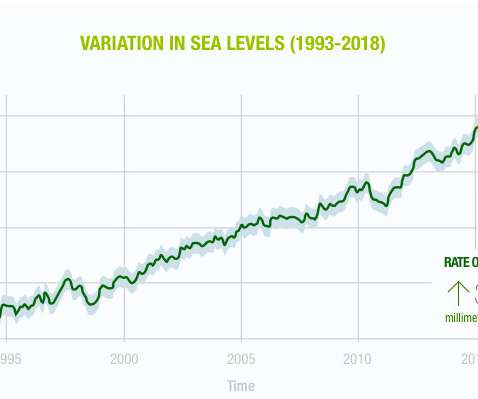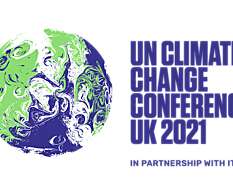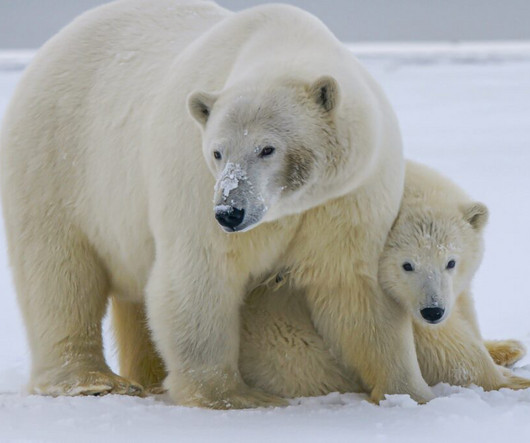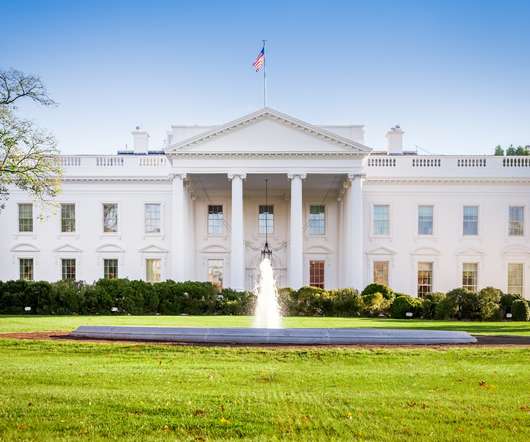Degradation of coastal regions in the Pacific Islands
Our Environment
MAY 21, 2021
Rising sea levels and increased intensity of storm surges are playing a considerable role in the degradation of coastal regions in the Pacific Islands. Illustrating the variation in sea levels from 1993 – 2018. Ideally, the best way to save these islands is to reduce our greenhouse gas emissions. should be.

















Let's personalize your content